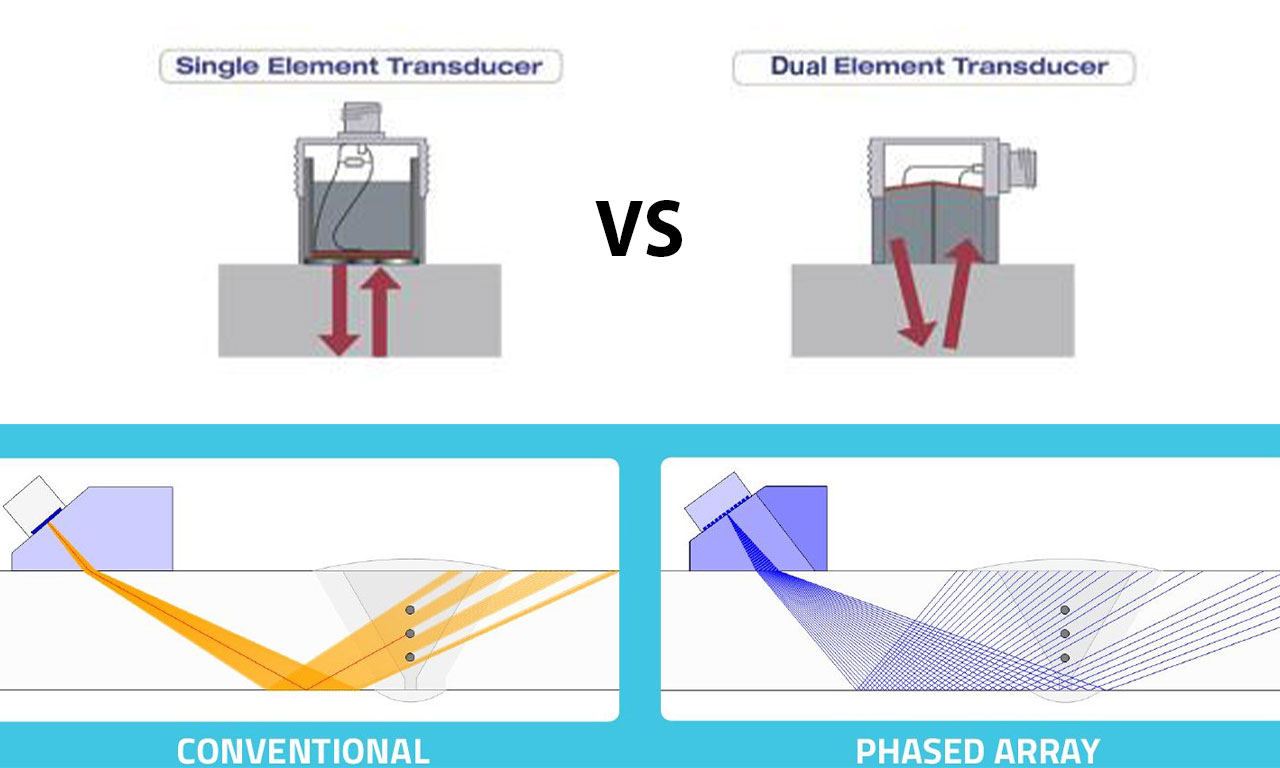Table of Contents
Selecting the appropriate ultrasonic scanner is crucial for ensuring the reliability, accuracy, and efficiency of non-destructive testing (NDT) in industrial settings. With a variety of options available, understanding how to match the scanner’s capabilities to your specific needs is key to optimizing your inspection processes and maintaining operational excellence.
Understanding Industry-Specific Requirements for Ultrasonic Scanners
Different industries have unique requirements when it comes to non-destructive testing. For example, the aerospace industry demands exceptionally high precision due to the critical nature of its components. In contrast, construction or manufacturing industries might prioritize durability and ease of use in more rugged environments. When choosing an ultrasonic scanner, it’s essential to consider the specific application and the standards that must be met within your industry.
Evaluating Material Compatibility and Scanning Capabilities
Material compatibility is a critical factor in selecting the right ultrasonic scanner. Industrial ultrasonic scanners are designed to work with various materials, including metals, composites, and ceramics. The thickness, density, and homogeneity of the material will influence the choice of scanner. Some scanners are optimized for thicker or denser materials, providing deeper penetration of sound waves to detect internal flaws that might be missed by other devices. Ensuring the scanner can handle the specific materials you work with is essential for accurate inspections.
Assessing Environmental Conditions and Scanner Durability
The environment in which the scanner will be used is another important consideration. Industrial environments can be harsh, exposing equipment to extreme temperatures, moisture, dust, and other challenging conditions. It’s crucial to choose a scanner that is rugged and resilient enough to withstand these conditions without compromising performance. For field inspections, portable scanners that offer both durability and flexibility are often ideal. Ensuring that your scanner can operate reliably in your specific environment will help maintain consistent inspection quality.
Prioritizing Accuracy and Resolution for Detailed Inspections
Accuracy and resolution are key features to consider when selecting an ultrasonic scanner. High-resolution scanners provide more detailed images, which are vital for detecting small defects or anomalies within a material. In industries where safety and reliability are paramount, such as energy or transportation, the ability to generate precise, high-quality data is critical. Understanding the resolution capabilities of a scanner and ensuring they align with your inspection requirements is essential for successful non-destructive testing.
Considering User-Friendliness and Training Requirements
While advanced ultrasonic scanners offer a range of sophisticated features, it’s important that they are user-friendly. Intuitive interfaces, easy setup, and straightforward operation can save time and reduce the potential for user error. Additionally, consider the training requirements for your team. Choosing a scanner that fits within their skill level will help ensure it is used effectively and efficiently. Ease of use is not just about the equipment; it’s about making sure your team can maximize its potential with minimal learning curves.
Evaluating Manufacturer Support and Long-Term Value
Finally, consider the support and service provided by the manufacturer. Industrial ultrasonic scanners are significant investments, and having access to reliable customer support, regular software updates, and maintenance services can greatly enhance the value of your purchase. A manufacturer with a strong reputation for quality and service will provide the peace of mind that your scanner will remain a reliable tool for years to come. The long-term value of your scanner is closely tied to the ongoing support you receive.






